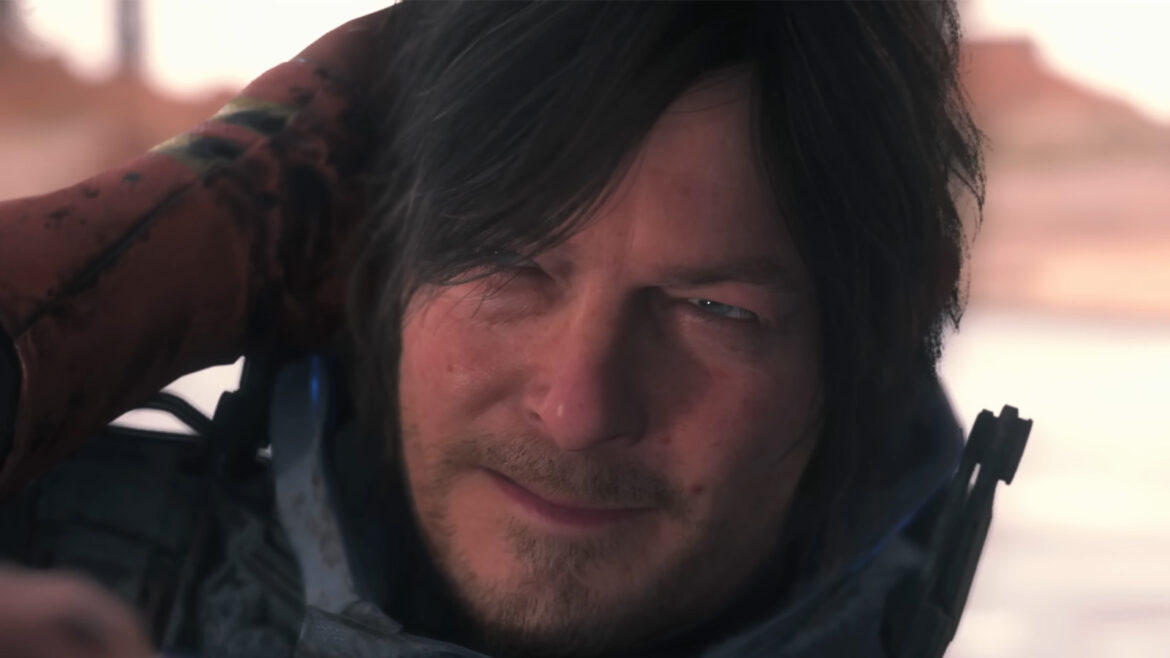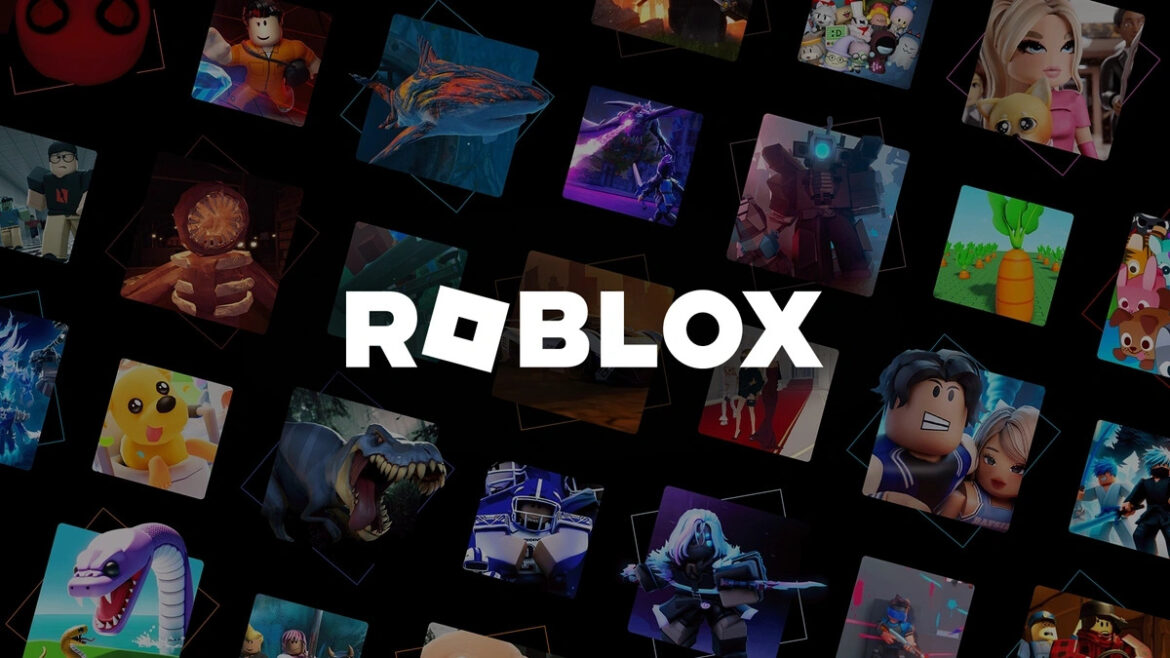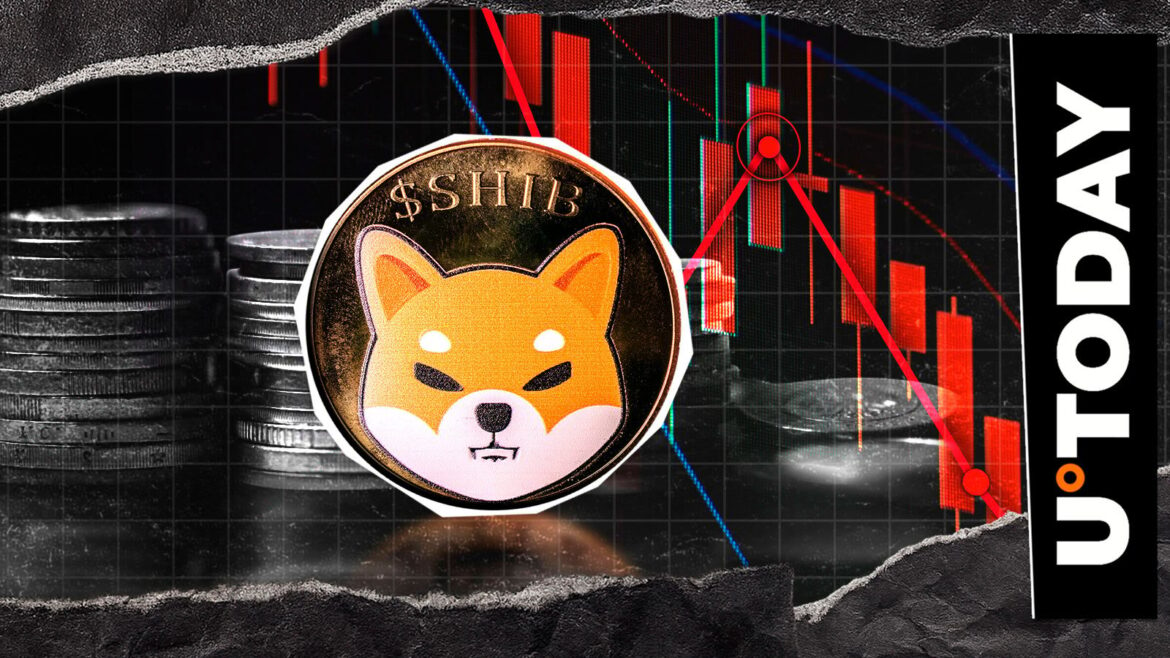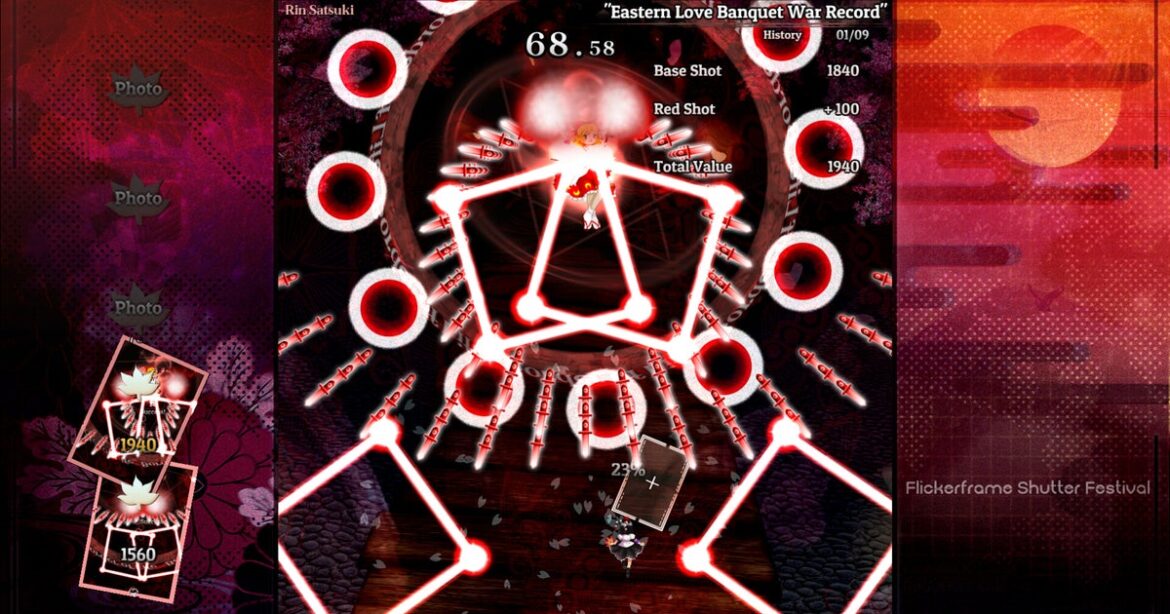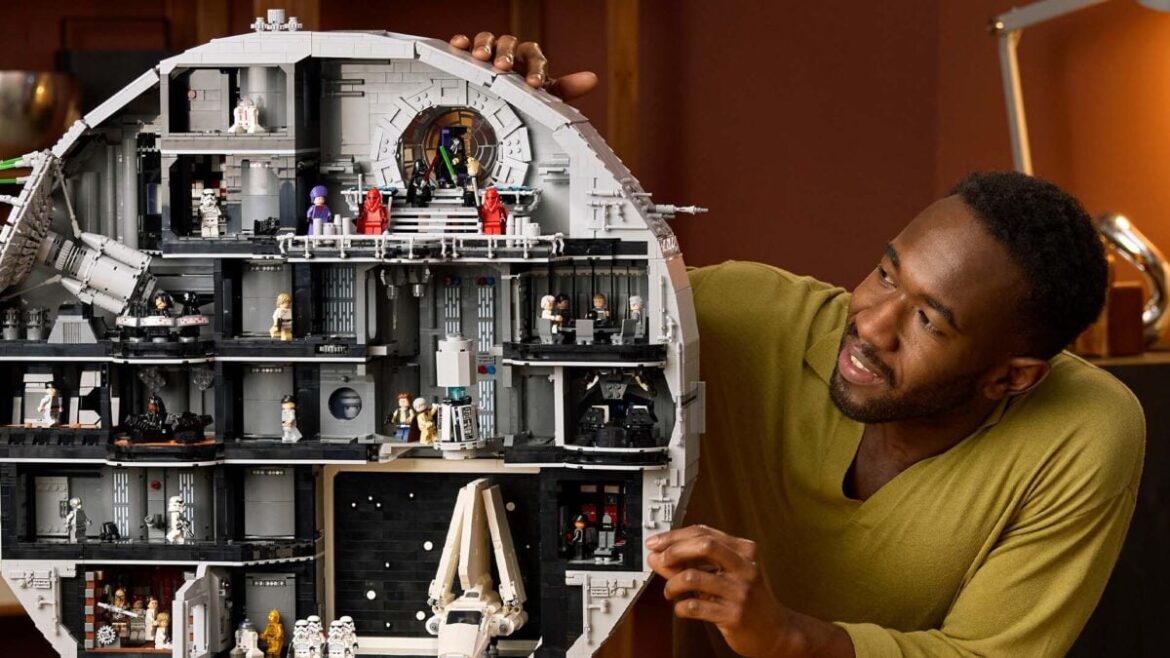XRP has created a new death cross following recent market selling pressure, albeit on the short-term chart, the hourly time frame.
A death cross, which occurs when the short term moving average — such as the 50 MA — falls below the long term MA, has recently appeared on the XRP hourly chart. This comes after XRP formed a golden cross on its four-hour chart, as reported by U.Today.
XRP/USD Hourly Chart, Courtesy: TradingView
XRP rose for six days from Sept. 6 to reach a high of $3.187 on Sept. 13. This bullish pressure caused XRP to create a golden cross (the reverse of death cross) on its four-hour chart; however, an interesting twist appeared with the market being overbought, and XRP began to decline.
You Might Also Like
XRP fell for two days in a row, dropping from a high of $3.187 on Sept. 13 to a low of $2.95 on Sept. 15 before it slightly rebounded.
$3 level now important
Bears pulled XRP below $3 (the daily SMA 50) in yesterday and today’s sessions, thwarting bulls’ attempts to flip this level into short-term support.
As it stands, bulls continue to make efforts in this regard; the good news is that they have not given up ground as XRP has returned once again above $3 after dropping to an intraday low of $2.96.
You Might Also Like
At press time, XRP was up 1.11% in the last 24 hours to $3.03, as the markets rebounded ahead of the Fed interest rate decision on Sept. 17.
Going forward, XRP will be watched to see if it can sustain above $3 and flip this level into support, which might reignite bullish momentum to target highs of $3.18, $3.38 and $3.66 ahead of $4.
In positive news, the REX-Osprey XRPR ETF is expected to launch this week.


